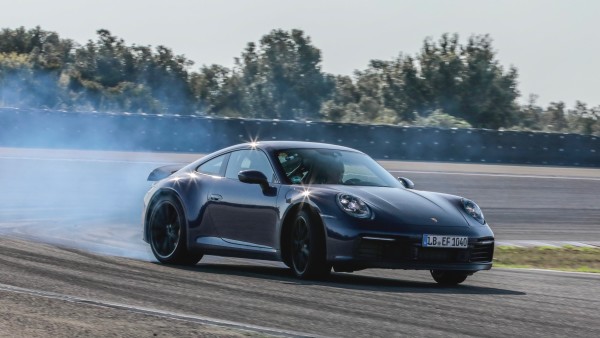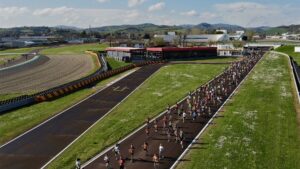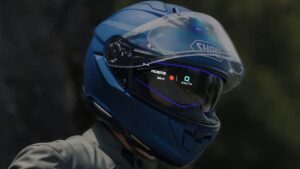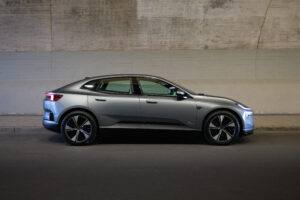‘By the time testing is complete, the cars have driven around three million kilometres in total.’

The new 992-generation Porsche 911 is synonymous with perfection. If your everyday guy was given a chance to be at the wheel of one of these perfect beasts, he’d be sure to treat it with the utmost care – going the long way to avoid traffic, swerving puddles, and hitting speed bumps in first gear.
But the manufacturers would tell this man not to worry. Because diamonds are made under pressure.
As you will see, Porsche’s strenuous testing extends far beyond city streets and polite suburbia. A press release from the company states:
‘[The 911’s] are shuttling between climate zones with temperature differences of up to 85°C; sprinting across elevation changes spanning more than four kilometres; enduring traffic jams in major cities and setting new records on the racetracks. After all of this, every component of the car must function just as reliably as it did at the outset.’


The notorious Death Valley in the U.S. was one of the primary testing areas for the heat, reaching upwards of 50 degrees Celsius. This gave Porsche some insight into the 911’s combustion behaviour as well as the reliability of the air conditioning.
To make sure they covered all bases, Porsche then headed to Finland where they were greeted with a chilly -35 degrees Celsius day. More than just the interior climate control, the 911 put its braking, grip and traction control to the test on the icy roads.

Testing in these two extreme climates ensured Porsche’s freshest addition could withstand the harshest of conditions so their customers could be confident in their coveted purchase. Germany’s Nürburgring track was also visited, just to double check that the 911 could still hit record-breaking lap times.
Check it out the logistics of the GT3 RS’ testing in its Nurburgring debut below.















